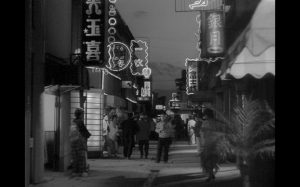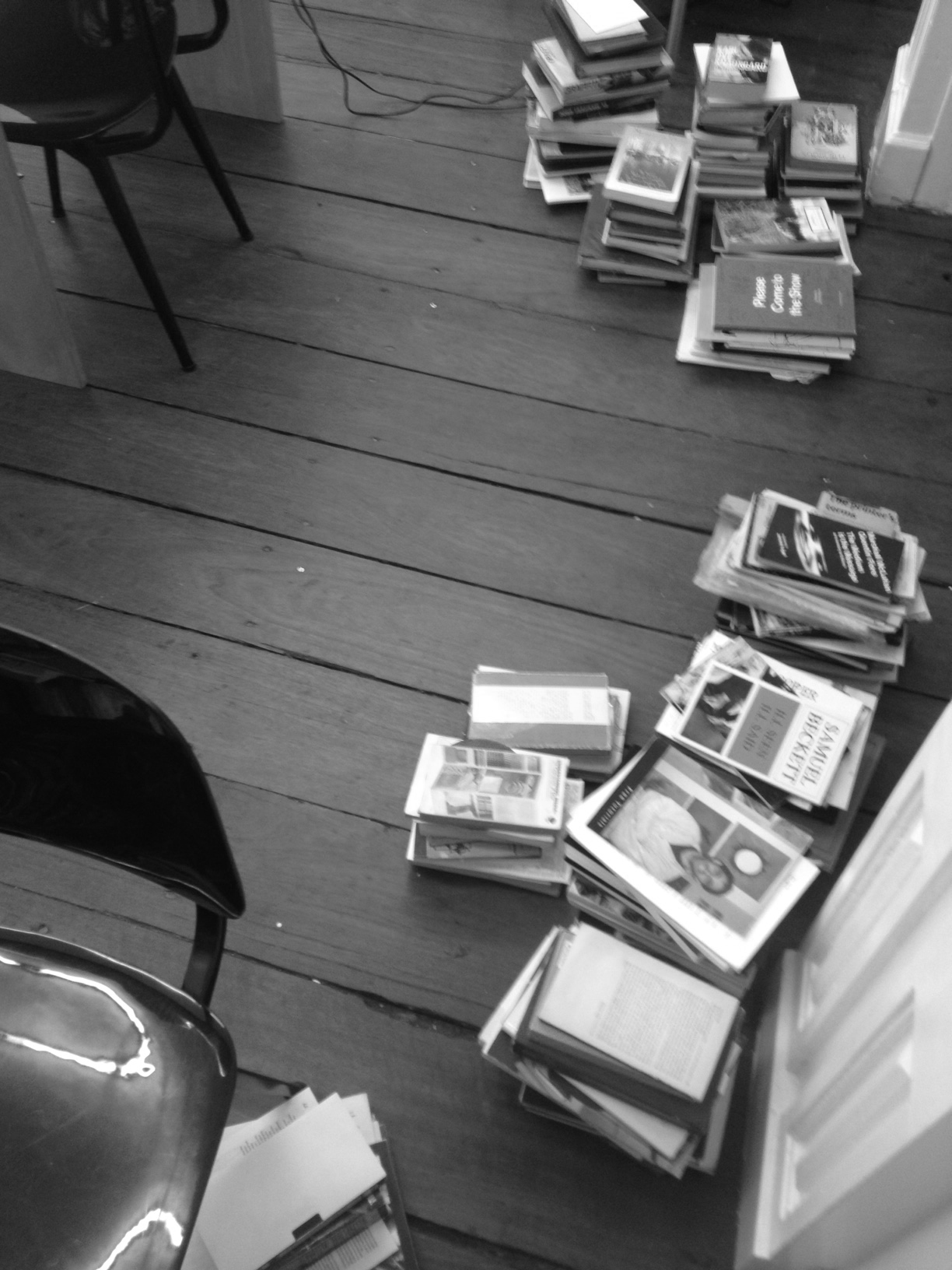Ideograms and how they can become drawings , loosing their first property of transmitting information , to turn into images we can just contemplate : this is what interested me the most inside the first book I picked up and this is why I chose « The Art of writing » as as second step. This book gathers a large range of approaches towards writing from different countries and cultures. On every right side of the double pages inside the book, you can find images depicting those ideograms, all in black and white, with an old presentation : captions on the side, numbers & letters under the images : this gives me the feeling to dive into fragments of a huge archive, travelling through excerpts just like in those history textbooks in high school. The ruined aspect of the book as well as the old list with all the borrowing dates since 1971 emphasize even more this feeling you can have while entering in an space full of stories. I also appreciate the big « a » on the 4th cover : the « a » as the « starting point of the civilisation » with the creation of the western alphabet ; placed in the end, a kind of inversion is created that i also find interesting. While browsing through the pages, I could notice in the images how present were the ideograms inside architecture and space : on lightpanels of an Asian street, engraved on a south american’s stele or on a catholic church and many more. There is this need for humans to implant visible thoughts in their environments. This need, almost primal, is also what touched me because it carries at the same time a sincerity almost primal (see the page called « primitive signs ») and a desire to understand the world in a more objective way in order also to transmit this knowledge to others.
757.3 une 1





